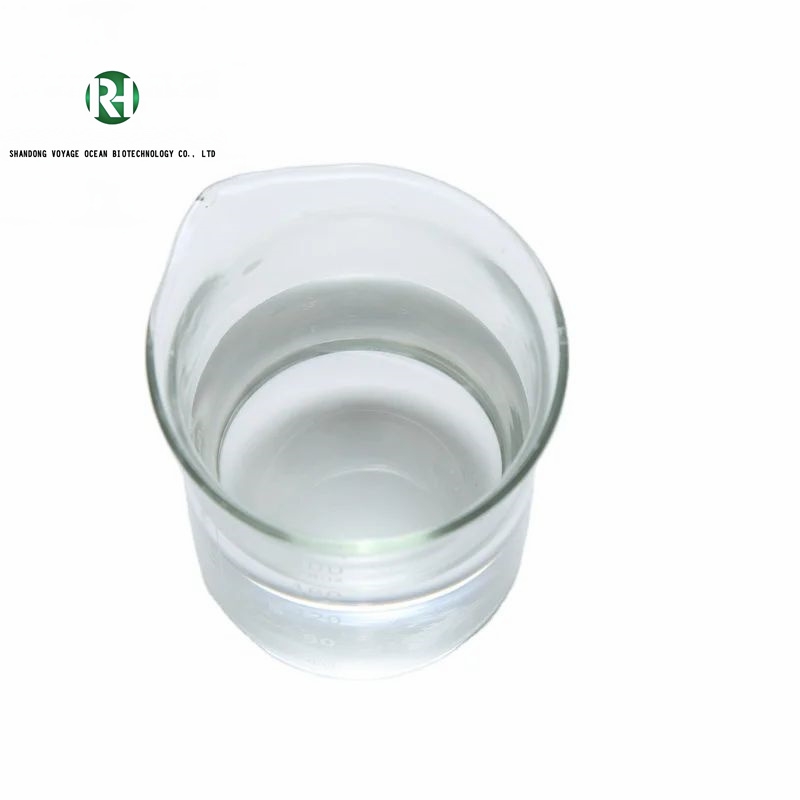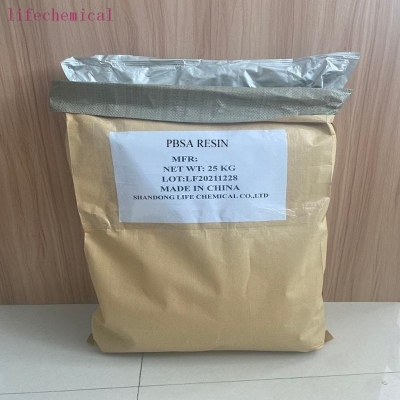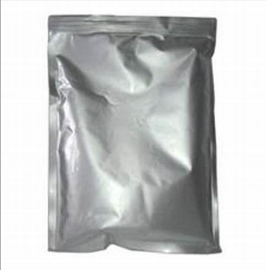-
Categories
-
Pharmaceutical Intermediates
-
Active Pharmaceutical Ingredients
-
Food Additives
- Industrial Coatings
- Agrochemicals
- Dyes and Pigments
- Surfactant
- Flavors and Fragrances
- Chemical Reagents
- Catalyst and Auxiliary
- Natural Products
- Inorganic Chemistry
-
Organic Chemistry
-
Biochemical Engineering
- Analytical Chemistry
-
Cosmetic Ingredient
- Water Treatment Chemical
-
Pharmaceutical Intermediates
Promotion
ECHEMI Mall
Wholesale
Weekly Price
Exhibition
News
-
Trade Service
Researcher Han Hongxian and Academician Li Can of Dalian Institute of Chemical Physics, Chinese Academy of Sciences collaborated with the Japanese Institute of Physics and Chemistry to develop a cheap electrocatalyst that can electrocatalyze water splitting with a long life under strong acid conditions, and is expected to be used in large-scale renewable energy production.
Application in hydrogen technology
.
Relevant research results were published in "Germany Applied Chemistry" a few days ago
.
? Converting solar energy into "solar fuel" commonly known as "liquid sunlight" is an important renewable energy strategy to deal with future fossil fuel exhaustion and climate change
.
In recent years, renewable energy power generation such as solar energy has gradually become a large-scale power generation technology
.
The use of photovoltaic power generation to drive electrolyzed water (PV-E) for hydrogen production is currently the most promising hydrogen production technology for large-scale use of renewable energy
.
Among the numerous water electrolysis technologies, the proton exchange membrane electrolysis technology has received widespread attention
.
However, this technology works under strong acid conditions, and most of the catalysts are unstable
.
At present, only the precious metal iridium (Ir) can work stably in the acidic environment of proton exchange electrolyzed water, which greatly limits the large-scale application of PEM electrolyzed water technology
.
Therefore, the development of inexpensive, efficient, and stable water electrolysis catalysts that can replace precious metals is particularly critical for the development of large-scale low-cost PEM water electrolysis technology
.
? It is understood that the research team of Dalian Institute of Physics, Chinese Academy of Sciences has long been committed to photocatalysis, photoelectrocatalysis and electrocatalytic water splitting hydrogen production technology research and catalyst development
.
During the research process, based on previous explorations, researchers discovered that γ-MnO2 (γ-type manganese dioxide) can achieve stable electrocatalytic water splitting under strong acid conditions within a special potential window, and achieve a long life of more than 8,000 hours.
.
In addition, the cooperative research team also used in-situ spectroelectrochemistry and other methods to systematically study the mechanism of the electrocatalytic water splitting reaction of this catalyst under strong acid conditions
.
? Relevant technical personnel said that non-precious metal electrocatalysts can become long-life water splitting under strong acid conditions, opening up new ideas for the development of cheap, stable and efficient water splitting hydrogen production catalysts, and also playing a role in the development and utilization of clean energy.
Promotional role
.
Application in hydrogen technology
.
Relevant research results were published in "Germany Applied Chemistry" a few days ago
.
? Converting solar energy into "solar fuel" commonly known as "liquid sunlight" is an important renewable energy strategy to deal with future fossil fuel exhaustion and climate change
.
In recent years, renewable energy power generation such as solar energy has gradually become a large-scale power generation technology
.
The use of photovoltaic power generation to drive electrolyzed water (PV-E) for hydrogen production is currently the most promising hydrogen production technology for large-scale use of renewable energy
.
Among the numerous water electrolysis technologies, the proton exchange membrane electrolysis technology has received widespread attention
.
However, this technology works under strong acid conditions, and most of the catalysts are unstable
.
At present, only the precious metal iridium (Ir) can work stably in the acidic environment of proton exchange electrolyzed water, which greatly limits the large-scale application of PEM electrolyzed water technology
.
Therefore, the development of inexpensive, efficient, and stable water electrolysis catalysts that can replace precious metals is particularly critical for the development of large-scale low-cost PEM water electrolysis technology
.
? It is understood that the research team of Dalian Institute of Physics, Chinese Academy of Sciences has long been committed to photocatalysis, photoelectrocatalysis and electrocatalytic water splitting hydrogen production technology research and catalyst development
.
During the research process, based on previous explorations, researchers discovered that γ-MnO2 (γ-type manganese dioxide) can achieve stable electrocatalytic water splitting under strong acid conditions within a special potential window, and achieve a long life of more than 8,000 hours.
.
In addition, the cooperative research team also used in-situ spectroelectrochemistry and other methods to systematically study the mechanism of the electrocatalytic water splitting reaction of this catalyst under strong acid conditions
.
? Relevant technical personnel said that non-precious metal electrocatalysts can become long-life water splitting under strong acid conditions, opening up new ideas for the development of cheap, stable and efficient water splitting hydrogen production catalysts, and also playing a role in the development and utilization of clean energy.
Promotional role
.







